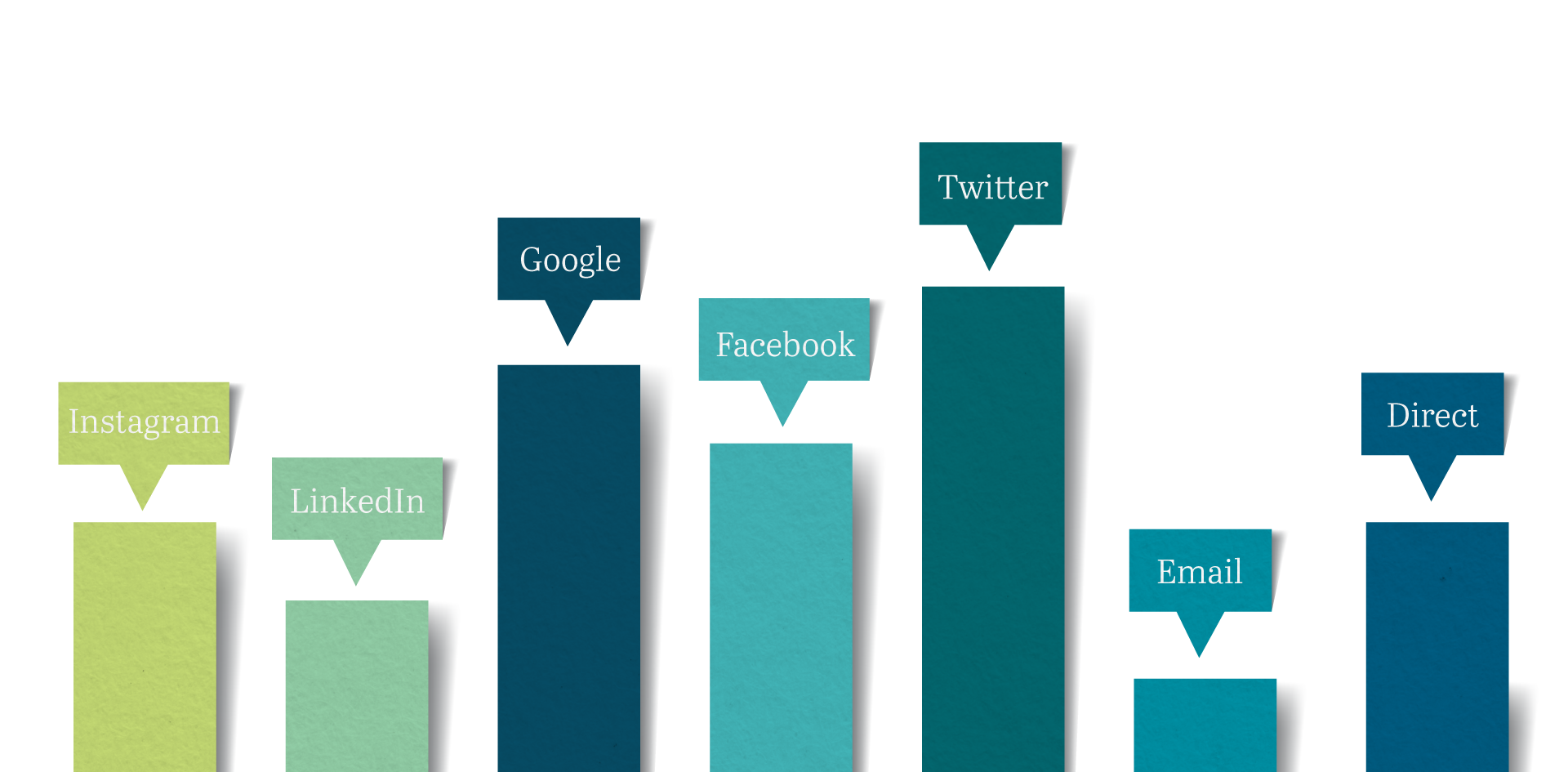The Downside of Marketing Analytics
A few weeks ago on a phone call with a client, I was asked an interesting question.
We’d been working with this client for about six months, executing various digital marketing strategies—social media ads and Google ads, among others—to generate leads.
“Looking at these analytics, which one worked the best?” the client asked. “Which one should we focus all of our efforts on?”
The question makes sense. A lot of marketing is based on testing different strategies and then using the results to course correct. When Instagram gets the best click through rate, you invest more on Instagram. If you don’t get any leads through LinkedIn, you stop running LinkedIn ads.
Here’s the downside of analytics (and I say this as someone who loves and values analytics): they don’t always tell the whole story.
According to HubSpot, it generally takes about eight touchpoints to make a sale. That means I need to see, watch or read about something eight times before I decide to purchase. Those touch points could include everything from the first time I learn about a product in a print ad, to a retargeted Instagram ad, to an email coupon code I receive after signing up for the mailing list.
If I click through the email and purchase the product, the email gets credited for the conversion.
But what about those other seven touch points? They deserve credit too, for informing me about the product, inspiring me to purchase and reassuring me that I’m getting a good deal.
Sure, CRMs and tracking systems can help keep track, but while they continue to evolve, there’s limitations in what analytics can tell us.
See what I mean about not telling the whole story?
Not being able to connect marketing efforts to profits—and therefore prove ROI—isn’t a new challenge. It’s always been hard to connect traditional advertising to results. The plethora of analytics that are available for digital channels means marketers can make the connection between spend and profit. The trouble happens when too much stock is put into specific numbers.
Tech can only help us so much. There’s still a lot of human error—and even just normal human behavior—that can mess up the data. Marketers love using special URLs to track the efficacy of different ad channels. For example, a company airing radio ads can customize the call to action to say “Visit companyname dot com / radiostation” to track website visits and therefore determine the value of the ads.
But strategies like these can exclude a lot of traffic catalyzed by the ads. The ad is still effective if someone hears it, then later Googles the company and enters the website through the homepage. (And really, how many of us would remember—and type in—the exact URL? Probably not a lot.) But those visits won’t be reflected in the numbers, meaning the perceived performance of the ad wouldn’t be totally accurate.
The moral of the story is to be wary of any marketing plans that eliminate entire channels and strategies without solid evidence that they’re not contributing to business goals. A holistic marketing plan takes into account that some touch points are necessary even if they don’t lead directly to conversions. And remember that it’s likely there are successes happening because of your marketing efforts, even if despite best efforts the connection can’t be proven. Dig into your analytics and ask yourself if there’s more going on than the numbers might show at first.
Let’s stay in touch! Keep up with the latest from Atomicdust.
Subscribe to our email list for all the latest news, events and monthly marketing tips from our team.


